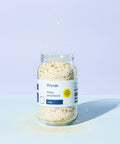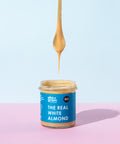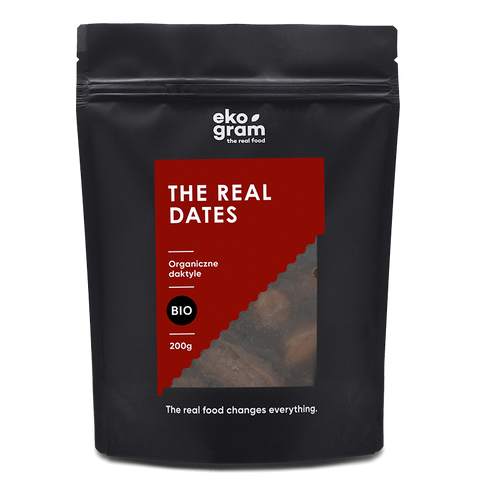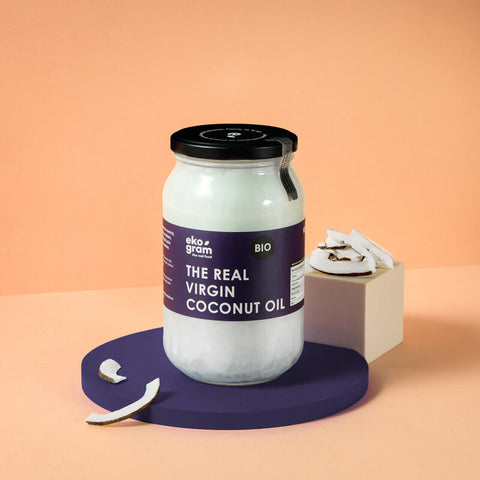Amaranth broke into our stores almost by storm. It also quickly turned out that it is a plant that is as healthy as it is tasty. To this should be added the fact that amaranth can be used almost anywhere. What is it, how to eat it and why is it worth eating this 21st century cereal (as it is often called)? Let's see.
Amaranth - what is it?
Amaranth (amaranth) is a grain-like plant, although according to the botanical classification it is not. It was already cultivated by the Incas and Aztecs and considered a sacred seed. During the war, eating amaranth mixed with the blood of enemies was supposed to give bravery and strength. For this reason, during the colonial conquests, Spanish monks considered amaranth a pagan herb and banned its cultivation. However, the plant has survived and is found to this day mainly in North and South America, Southeast Asia and Africa. Amaranth is one of the oldest cultivated plants in the world. Until some time ago, amaranth was rather forgotten and consumed rather sporadically. Today people are much more aware of its properties.
Amaranth - how to eat it?
In the case of amaranth, not only grains are edible. You can also eat leaves and shoots, making them similar to spinach. These green parts, however, are very fragile and fragile. So it is useless to look for fresh amaranth in our stores. You can get amaranth in the form of grain, meal or expanded form. The grains are available from us!
It is worth reaching for them. Roasted grains (popping) can be added to muesli, cocktails, yoghurt, kefir, sprinkle with cottage cheese, salads, and salads. The flour perfectly enriches cakes or bread, giving them a slightly nutty flavor. The seeds can be served similarly to groats: for soups, stews, meats. Amaranth seeds are cooked very simply. Pour a glass of seeds with two glasses of water and cook covered until tender over very low heat.
Why is it worth eating, or the properties of Amaranth
There are many reasons to reach for this pseudo-cereal. It is rich in nutrients, vitamins and mineral salts. It has a lot of calcium, magnesium (which are easily absorbed), unsaturated fatty acids and liazine, necessary in the diet of children, the elderly, convalescents or during dieting. It is second to none in terms of iron content. It contains 5 times more than spinach!
Amaranth can also be recommended to people who are actively involved in sports:
- it contains a lot of easy-to-digest starch (more than, for example, the popular corn flakes), which makes dishes from it a great injection of energy before training.
- Amaranth contains twice as much fiber as oat bran, which is excellent for the functioning of the intestines.
- It is a source of easily digestible protein, on a par with meat and dairy products. Therefore, it is a perfect supplement to the diet of vegans or people who, for various reasons, do not consume milk in the traditional form.
Amaranth is gluten-free, so it's perfect for people with celiac disease. The high content of squalene makes it act as a natural antibiotic, has bactericidal and fungicidal properties. Skawlen slows the aging process and lowers cholesterol.
Amaranth is an unusual plant, a 21st century cereal and a superfood - it contains many essential nutrients for our body. This is why it is so important in the daily diet - especially of the elderly, during periods of increased physical and mental effort, flu seasons, and reduced immunity.





























Comments (0)
There are no comments for this article. Be the first one to leave a message!